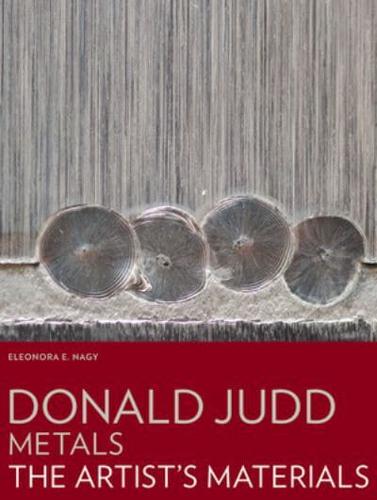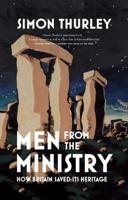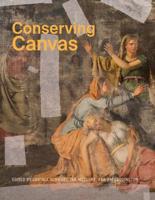Publisher's Synopsis
A leading figure in the Minimalist movement in the visual arts, Donald Judd (1928-1994) pioneered the use of industrial materials and techniques, avoiding traditional substances and the direct use of his own hands. While recent decades have witnessed a proliferation of art historical studies of the artist, to date there has been no thorough technical examination of his materials. This gap in the scholarship is particularly significant, as Judd's use of materials and techniques intended for industry and not for fine art has resulted in unexpected challenges in the preservation and display of his work. Damage and deterioration now threaten a number of iconic pieces.
This abundantly illustrated volume, by one of the world's leading experts on the conservation of Judd's art, is therefore particularly timely. It focuses on the works in metal, arguably Judd's signature material. These have received scant attention from technical specialists, which is surprising considering their importance and the urgent conservation efforts they require. An initial chapter provides an overview of Judd's life and art; subsequent chapters examine his formal innovations, investigate his use of ferrous and nonferrous metal alloys, and provide an account of his singular artistic process, including his use of assistants and fabricators and the ways in which qualities of the materials themselves have influenced the aesthetics of his art. Case studies and a discussion of conservation issues complete the volume, together with several technical appendices and a glossary.
This abundantly illustrated volume, by one of the world's leading experts on the conservation of Judd's art, is therefore particularly timely. It focuses on the works in metal, arguably Judd's signature material. These have received scant attention from technical specialists, which is surprising considering their importance and the urgent conservation efforts they require. An initial chapter provides an overview of Judd's life and art; subsequent chapters examine his formal innovations, investigate his use of ferrous and nonferrous metal alloys, and provide an account of his singular artistic process, including his use of assistants and fabricators and the ways in which qualities of the materials themselves have influenced the aesthetics of his art. Case studies and a discussion of conservation issues complete the volume, together with several technical appendices and a glossary.







